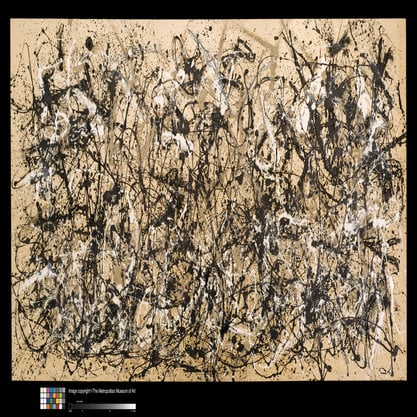Article
Tanguy, Yves (1900–1955) By Atkin, Will
Article
Yves Tanguy was a French painter and one of the principal members of the Surrealist group. His main artistic output consisted of oil paintings, which were characterized by abstract forms rendered three-dimensionally and set in elusive recessional space. His manner of painting was devised according to the Surrealist concept of automatism. Tanguy is well known for his contributions to numerous “exquisite corpse” drawings made collectively with other Surrealists and also for his work based on the concept of the Surrealist Objet [Object] in the mid 1930s. Over many years, he was a regular illustrator for Surrealist publications, including works by André Breton, Benjamin Péret, and in the Surrealist journal Minotaure. During World War II in the early 1940s, Tanguy played a crucial role in bringing the Surrealist group to New York, an exodus that is perceived in the history of modernism as consequential to the development of Abstract Expressionism and the American school of modernist painting. During this period of activity in New York, the formal qualities of particular Surrealist paintings, such as the abstract works of Tanguy and Roberto Matta, proved inspirational for certain Abstract Expressionists’ formal explorations of color, medium, perception, and sensation.


